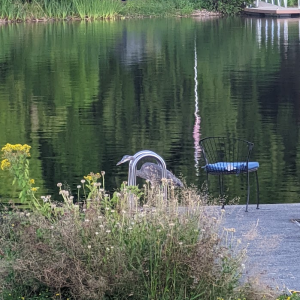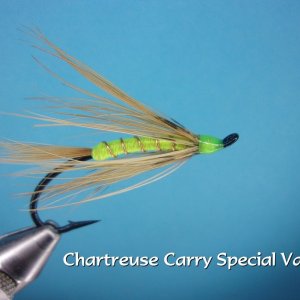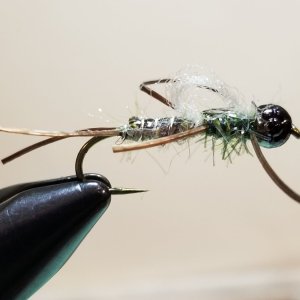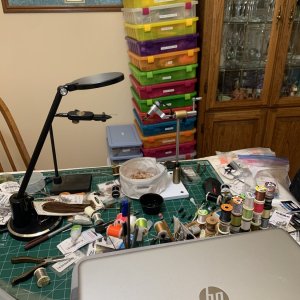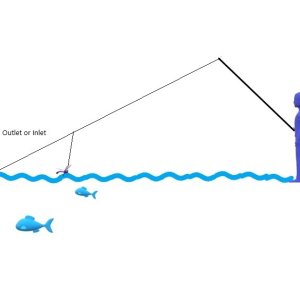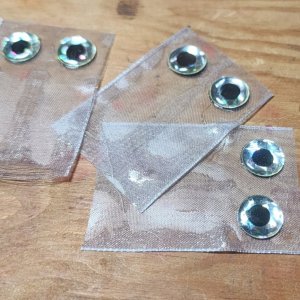I have problems keeping trout pinned while trolling from one location on a lake to another. This morning got quite a few aggressive grabs but lost almost all of them. I was using a #14 mini leech with a full sink line. I don't seem to have a problem if I'm stripping....it's only when I'm trolling. I've tried holding the rod pointed at my fly, sideways, and up at an angle. I've done upward and sideways hook sets.
One big grab and maybe a headshake....and gone. Maybe I need to not crimp my barbs as much....but no problem with a regular strip set.
Any help appreciated. Beautiful morning on a local lake.
One big grab and maybe a headshake....and gone. Maybe I need to not crimp my barbs as much....but no problem with a regular strip set.
Any help appreciated. Beautiful morning on a local lake.

